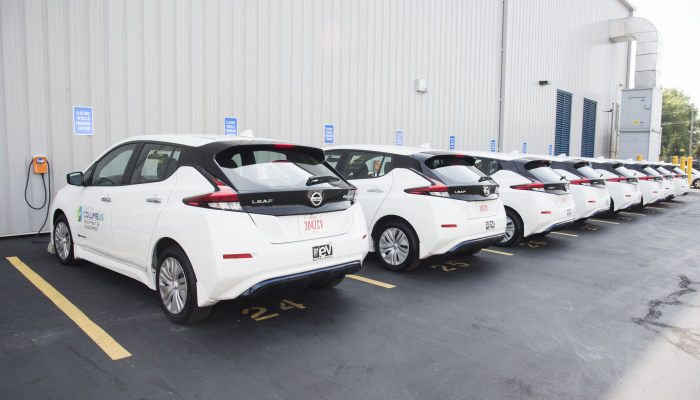
Historically, investments in clean energy have been offset by tax credits available to private entities and individuals. Tax-exempt entities, like local and state governments, could not take advantage of federal tax credits since they typically don’t have a tax burden. However, under the Inflation Reduction Act (IRA), tax-exempt entities can now receive clean energy-related tax credits through elective pay, also called direct pay. This new mechanism will make it more cost-effective for government entities to participate in the transition to clean energy and electric vehicles. See the Internal Revenue Service’s final guidelines, released in December 2023.
Frequently Asked Questions
Who is Eligible?
Under elective pay, state and local governments, tribal entities, rural co-ops, and other tax-exempt entities like nonprofits can receive credits.
What is eligible?
12 different tax credits under the IRA are eligible for direct pay. Two of the credits are related to vehicle electrification:
- 45W Commercial Clean Vehicles Credit: This credit is for commercial clean vehicle purchases and government fleet purchases. Eligible entities can get up to $7,500 back for a light-duty electric vehicle and up to $40,000 back for a medium-heavy-duty vehicle. The amount of the credit cannot exceed the purchase price of the car, and the amount returned will vary based on vehicle weight.
- 30C Alternative Fuel Vehicle Refueling Property Credit: This credit pays 6% of the price of electric vehicle charging infrastructure installed in low-income and non-urban areas, to be defined more in-depth later this year. The credit can increase to 30% if certain prevailing wage and apprenticeship requirements are met, not to exceed $100,000.
How will eligible entities receive the credits?
Since eligible entities likely won’t have a tax burden to deduct the credit from, they will receive the credit in the form of a rebate. For tax-exempt entities that may hold a federal tax burden, the credit will be deducted from their tax liability.
How are the credits claimed?
The IRS has outlined the process for claiming these credits, like how individuals and businesses file taxes. The process includes:
- Identify your project and the credit it is eligible for.
- Complete your project and put it in the service.
- Determine the tax year to set your filing deadline.
- Complete pre-filing with the IRS.
- File the corresponding forms and receive your refund after it is accepted.
EC Resources
Expert analysts at the EC have put together several resources to help elective pay applicants navigate the process.
Elective Pay Decision Tree
Tax Form Annotations
These annotated tax forms provide applicants with a detailed step-by-step guide to filling out the tax forms required to receive credit for EV purchases and charging equipment projects. Applicants seeking credits for EV purchases must fill out a Schedule A for each individual vehicle and Form 8936. Applicants seeking credit for a charging infrastructure project must fill out Form 8911 and Worksheet 1.
